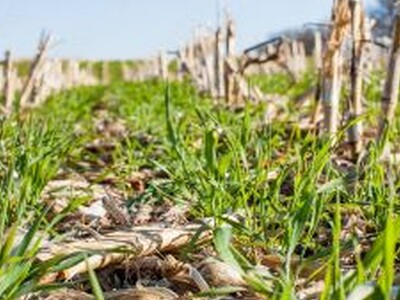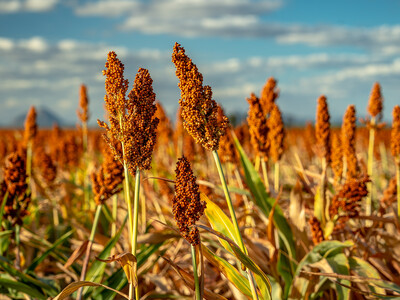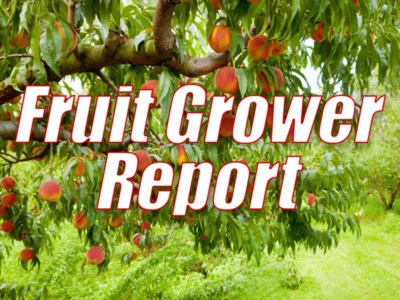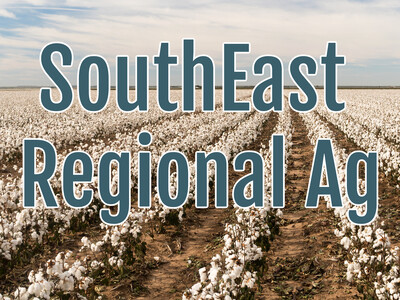Herbicide
What should a grower be thinking about at this stage of the season as they plan for winter wheat?Growers should be thinking about having a clean field before planting.
Having a clean field enables the crop to get a head start on the weeds, which can include goat grass and cheatgrass.
What should growers consider when choosing a burndown product or a pre-emerging herbicide?
Growers can leverage RT® 3 Herbicide as a burndown product.
RT® 3 Herbicide has shown reliable, consistent performance on tough-to-control weeds, such as non-glyphosate resistant Russian thistle and kochia.
How should growers be planning for a post-emergent herbicide application?
Fields normally take two sprays during the season – one in the fall and another during spring.
The first spray in the fall helps to better control the earlier germinating weeds. Other grasses in the spring will be smaller in size and will give the spring spray a better chance to fight against any resistant weeds.
i. Growers should follow up in the spring with Osprey® Xtra to help better gain control over tough grassy weeds.
ii. Huskie® is a great tank mix partner with Osprey® Xtra. Compared to other competitor products, Huskie® is much more compatible and safer for crops, as other herbicide mixtures make Osprey® Xtra too hot for crops.
Grassy weeds can get too big if growers do not spray in both the fall and spring.
Growers should also be spraying at least 15 gallons per acre to maximize the performance of their herbicide program.
i. This is important especially as resistant weeds continue to become a challenge.

















